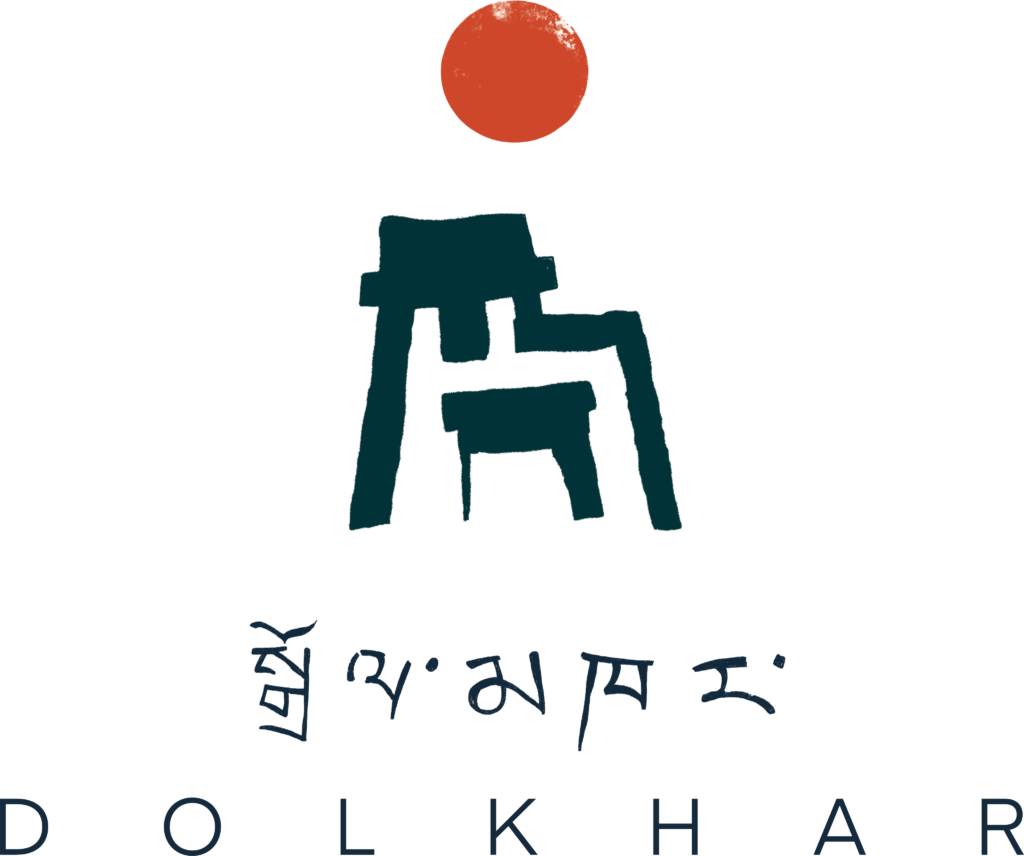Ladakh being a cold desert and semi-arid region is a self-sufficient agrarian economy, where the main source of water for the fields is the glacial melt, but with rapid modernization and tourism flourishing like never before, the water scarcity is increasing at a fast rate and the agriculture tradition is going down. With the increase in the number of hotels and tourism, the usage of water is increasing, and also the groundwater is being used more extensively than its natural replenishing capacity.
There are many traditional systems that are on the verge of getting extinct or are
already extinct, however, they can be revived again. We are losing our traditional and cultural systems at the cost of modernization. To make Ladakh a better place, we need to do our bit towards society together. Earlier, the villagers would get together to make decisions collectively regarding any functional issue in the village while keeping the environment in mind. One of them being the Churpon system (chhu- water and spon-lord) meaning the lord of water, where the whole village was involved. Unanimous decisions were taken to allocate and distribute water.
While talking to Meme Tsepal ly, who is 98 years old and he had been the churpon for around 10 years, he shared that, “One person known as churpon was selected from a book that has the list of villagers and it belonged to the head of the village (goba). The person to be the churpon was chosen through a religious ritual known as takril, where the names of the villagers or households were written, and then one of the names is chosen while reciting prayers. The process of choosing a churpon used to take place in a monastery, for Leh city, it was the gompa soma. The chosen person is known as churpon. The beginning of the water distribution was also done on an auspicious day”.
The churpon is supposed to be the head of the water allocation and distribution system and
supervises the water to each individual’s fields equally. He was well-informed about every household’s agricultural lands. Each household would wait for their turn to receive water for irrigation. This system ensured that everyone would get their share of water equally. The system made people sensitive towards the natural resources because they used to have the idea of the amount of snowfall received and the approximation of the water to be available for the fields. The churpons were given some remuneration for their work. They were respected by the people as they brought the blessings of water to them.
Urbanization has made this tradition only a history behind us. The churpon system
has stopped in Leh now and the reasons behind the lost tradition are many. One of the main reasons behind the lost tradition is the fragmentation of lands because of nuclear families. People own a small fragment of land after division among siblings and many have left those lands either barren or some infrastructures are built on them. Their jobs and businesses occupy a maximal amount of time, leaving no time for agriculture.
The recent trends in tourism are another reason for the decline in this tradition. With an increase in the number of hotels and guest houses in Ladakh, the agricultural lands are decreasing and the utilization of water is becoming very high. In absence of the Churpons, people are free to use as much water as they want for their lands leading to water inequality, and people who cannot go out to fetch the water, use underground water leading to over-exploitation of groundwater. People are using more water mindlessly than required. According to LEDEG, an average Ladakhi uses 21 litres of water daily during summers whereas a tourist uses 75 litres of water mainly for showers and flushing in the toilets. By some estimates, on any given day when all the hotels, guest houses, and homestays are fully occupied, Ladakh would need an additional 2.5 million litres of water to survive.
With such concerning numbers, we need to think about sustainable solutions for Ladakh. We need to revive our old systems so that we don’t have to be completely dependent on tourism which has overtaken our old, safe, and sustainable way of living, agriculture. Coming together and bringing a change will help us and the future generation in the future. The scarcity of water as of now is not huge but with time the numbers will increase and there would be nothing left to pass on to our future generations. Reviving the churpon system
has many benefits, one of them being the use of barren and abandoned lands.
If we could revive the churpon system, people would again start agriculture on their abandoned lands, there would be a collective decision regarding the natural resources as a religiously chosen leader is always respected by the people and the chosen churpon will
look after the water distribution making the life of the rest easier. There must be a good amount of remuneration for them as well. The revival of the Churpon system can bring a change in our declining traditional systems along with a sustainable start to the most valuable natural resources.



